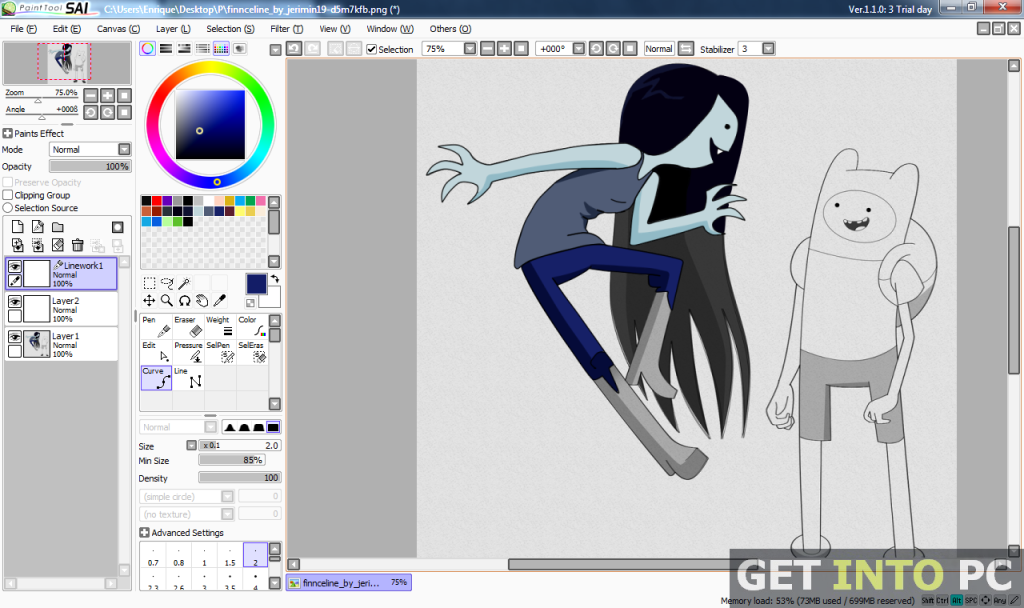
What’s nice about both programs is the ability to move stuff into tab groups. The Gimp is easier as far as the learning curve since it has menus that tell you all of the possible menus and lets you easily recover menus if you ever accidentally remove one. Krita has a tabbing system, though the “select menus” is unintuitive – you have to know to right-click in the right place.

Like Gimp, its tabs can become free-floating menus which can be moved around and placed elsewhere. There seems to be more liberty in the menu placement in Krita than in Gimp, but ordering tabs how you want isn’t allowed (as it is in Gimp). In fact, changing menus and tab sizes themselves can be a little messy in Krita.īut the most annoying part about Krita’s GUI was that its options always seem to be hidden in a sub-menu or bring up a pop-up window which, oddly enough, leads to other pop-up menus, as if one couldn’t get the job done. When it comes to modifying an overall image, go with the Gimp. The Gimp requires two, maybe three clicks.


You can add buttons for some important color-mod functions, and Gimp has tons and tons of plugins. Scripting can be done in scriptfu or Python. The Gimp has its own brush format, which is easy enough to create and share.


 0 kommentar(er)
0 kommentar(er)
